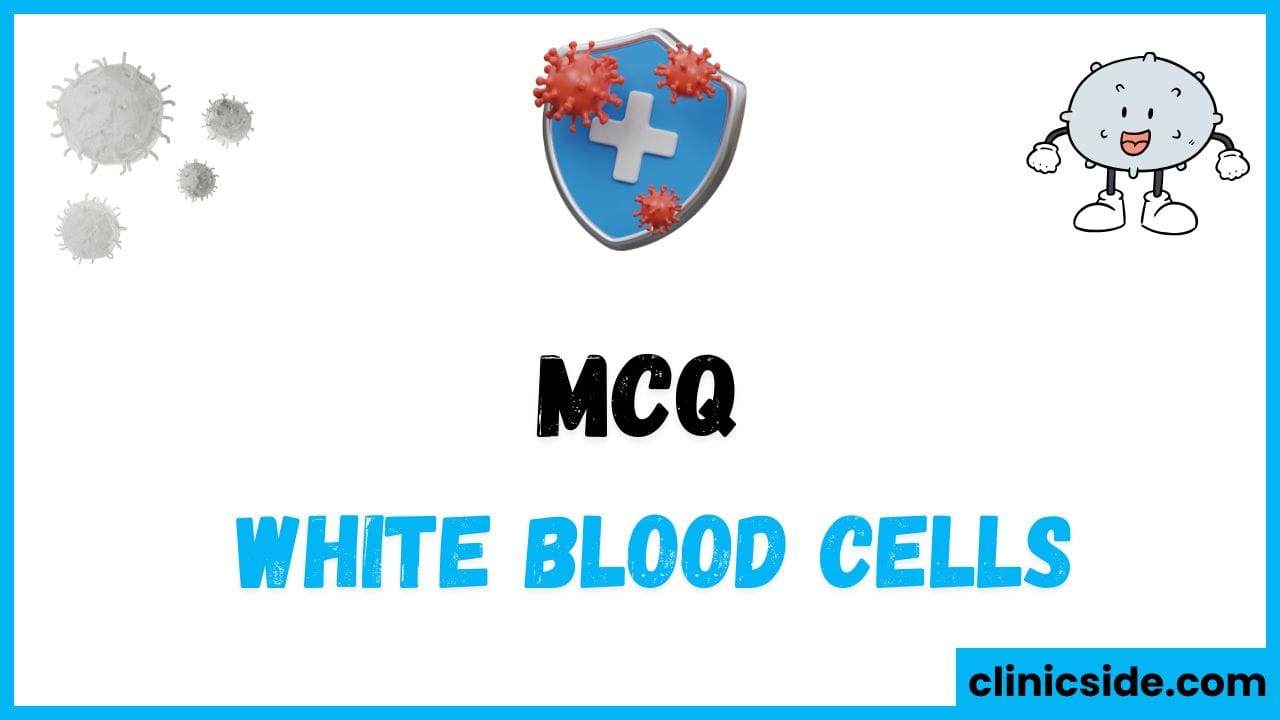Quiz
Available options: 1 to 20
Overview of White Blood Cells and Immunity
Roles of White Blood Cells (WBCs)
White blood cells (WBCs) are integral to the immune system, safeguarding the body against infections and foreign agents. Lymphocytes produce antibodies, forming a key part of the adaptive immune response. Neutrophils are involved in engulfing and destroying harmful microorganisms through phagocytosis. Eosinophils target parasitic infections, while basophils contribute to allergic responses by releasing histamine. Monocytes, once they exit the bloodstream, become macrophages, aiding in tissue repair and pathogen elimination.
Types of WBCs
WBCs are broadly classified into granulocytes and agranulocytes. Granulocytes include neutrophils, eosinophils, and basophils, each specialized in tackling specific immune challenges. Agranulocytes, such as monocytes and lymphocytes, play roles in pathogen destruction and antibody generation. This diversity ensures a comprehensive immune response.
Normal WBC Count and Its Significance
The normal range for adult WBC count is 4,000–11,000/μL. Deviations from this range may indicate health issues. Elevated WBC levels, termed leukocytosis, are often associated with infections or inflammation, while reduced levels, known as leukopenia, may result from immune suppression or bone marrow problems.
Specialized Immune Cells and Their Roles
Certain immune cells have distinct roles in defense. Natural Killer (NK) cells are innate immune components that destroy infected or abnormal cells without prior activation. Dendritic cells present antigens to T-cells, bridging innate and adaptive immunity. T-cells themselves are critical for cell-mediated immunity, targeting intracellular pathogens and abnormal cells.
Antibodies and Inflammatory Responses
Antibodies, or immunoglobulins, are key to identifying and neutralizing pathogens. IgM is the first antibody produced in response to infection. Inflammatory processes involve cytokines such as interleukin-1, which promote healing by amplifying the immune response to injuries or infections.
Lymphoid Organs and WBC Production
Bone marrow is the primary site of blood cell production, including WBCs. The thymus is essential for the development of T-cells, which are critical for adaptive immunity. The spleen filters blood, removes old cells, and acts as a hub for immune cell interactions, playing a significant role in detecting and addressing threats.
Infection and Allergy Responses
Neutrophils respond quickly to bacterial infections, serving as a frontline defense. Basophils, activated during allergic reactions, release histamine, leading to symptoms like swelling and itching. Eosinophils are particularly responsive to parasitic infections and allergic conditions, highlighting their specialized immune functions.
WBC-Related Disorders
Imbalances in WBC levels can lead to various disorders. Leukemia, characterized by uncontrolled WBC production, disrupts immune function. Neutropenia, a condition of low neutrophil levels, increases vulnerability to infections. These conditions underscore the importance of maintaining proper WBC balance for health.
Lifespan of WBCs
The lifespan of WBCs varies depending on their function. Neutrophils circulate in the blood for about 1–2 days before migrating to tissues to combat pathogens. Other WBCs, like lymphocytes, may persist longer, providing sustained immune defense. Understanding these lifecycles helps in diagnosing and treating immune-related diseases.
Adaptive and Innate Immunity
The immune system operates through two interconnected mechanisms: innate and adaptive immunity. Innate immunity offers a rapid, generalized response using cells like neutrophils and NK cells. Adaptive immunity provides a targeted and long-term defense, relying on lymphocytes and antibodies. Together, these systems ensure the body’s protection against a wide array of threats.





